ॐ मित्राय नमः, ॐ रवये नमः।
परित्राणाय साधूनां विनाशाय च दुष्कृताम्।
धर्मसंस्थापनार्थाय संभवामि युगे युगे॥
'For the protection of good and the destruction of evil,
For the purpose of reinstating righteousness, I shall incarnate in every Yuga!'
The sacred words spoken by Lord Krishna in the Bhagavad Gita, during the epic war of Kurukshetra, reveal one of the deepest truths of Sanatana Dharma. The Lord’s promise to incarnate whenever Dharma (righteousness) declines and Adharma (unrighteousness) rises. This divine assurance is closely tied to the concept of Yugas, the cosmic cycles that govern the rise and fall of civilizations, spiritual evolution, and human consciousness. Each Yuga, Satya, Treta, Dvapara, and Kali ,reflects a progressive decline in spiritual purity and moral integrity, ultimately culminating in a cosmic dissolution known as Pralaya, after which the cycle begins anew. This article explores the profound wisdom of the Yugas, the Dashavatara (ten incarnations) of Lord Vishnu across these eras, the signs of Kali Yuga, and the prophesied return of Satya Yuga. It also delves into Hinduism’s unique understanding of time (Kala) and how ancient texts beautifully align with modern scientific concepts like the Multiverse theory, showcasing the eternal relevance of Sanatana Dharma.
Understanding the Concept of Yuga in Sanatana Dharma
Yugas are cyclical time periods which separate different “ages” of human civilizations. There are four Yugas namely Satya Yuga (the Golden age), Treta Yuga (Silver age), Dvapara Yuga (Bronze age) and Kali Yuga (the Iron age). Yugas function in cyclical patterns, like the waxing and waning of the moon. Each of the four Yugas involves stages of evolution. Although there is a debate amongst scholars about the duration of these ages it is understood that ratio of duration of all the ages from Satya Yuga to Kali Yuga is 4:3:2:1.
Some interpretations of Srimad Bhagavatam indicates the duration of the Satya Yuga is equivalent to 4,800 years of the Demigods. Treta Yoga lasted for 3600 years (of demigods), Dvapara Yuga lasted for 2,400 years (of demigods); while Kali Yuga lasted for 1,200 years (of demigods). A year of a demigod would be equivalent to 360 human years. It is believed that the Satya Yuga lasted for 1,728,000 years, while the Treta Yuga, on the other hand lasted for 1,296,000 years. The Dvapara Yuga continued for 8,64,000 years. The Kali Yuga lasts for 4,32,000 years. Each Yuga denotes a gradual decline of wisdom, knowledge, intellect, and spirituality from Satya Yuga to Kali Yuga eventually ending all of humanity and resetting of this cycle
The Duration and Ratio of the Four Yugas

Each Yuga Cycle lasts for 4,320,000 years (12,000 divine years) with its four Yugas and their parts occurring in the following order.
- Krita (Satya) Yuga: 1,728,000 (4,800 divine) years
- Treta Yuga: 1,296,000 (3,600 divine) years
- Dvapara Yuga: 864,000 (2,400 divine) years
- Kali Yuga: 432,000 (1,200 divine) years
The Four Yugas: Evolution of Human Consciousness
The Four Yugas represent the cyclical evolution and decline of human consciousness, morality, and spirituality in Sanatana Dharma. Each Yuga marks a distinct shift in how humanity connects with Dharma, the Divine, and the natural order, gradually moving from purity to materialism.
Satya Yuga – The Golden Age of Purity

In Satya Yuga, the human race was immersed in meditation and possessed spiritual strength and longevity. According to the Vedic texts, during Satya Yuga, there was no disparity among cultures. People enjoyed worldly comforts and lived in perfect harmony and in sync with the natural laws of the Universe. There was no war, conflict, or famine. Dharma was considered supreme, and people indulged in good karmas. There was complete peace on earth. However, as time passed by, people became less inclined toward spiritual practices. A spirit of competition arose resulting in the system of Varnasrama, or class-based system.
Dashavatara: Vishnu’s Divine Interventions Across Yugas
In each Yuga different avatars of Vishnu took birth to establish a Dharma (Divine Truth or Justice) or to teach humanity vital lessons to expand their consciousness.
Matsya Avatar
![]()
Mastyadeva, the first Dashavatar appeared in Satya Yuga, to fight against Hayagriva, a demon to retain the Vedas. He saved the King Satyavrata from a torrential flood. Brahma received the Vedas from the Supreme Lord Vishna . While Brahma was sleeping, Hayagriva stole the Vedic texts. Without the Vedas, Brahma knew that the human race would only degrade further. He prayed to Lord Vishnu for help in order to defeat Hayagriva. So, Matsya Avatar descended on earth, killed Hayagriva and restored the Vedas to its glory.
Kurma Avatar
![]()
Kurma, the second Dashavatar incarnated in Satya Yuga, to assist the demons and demigods in the churning of the Milky Ocean (Samudra Manthan). After being defeated in the battle, the demigods approached Vishnu, who advised them to make a pact with the demons. Through co-operation with the demons, the demigods would be able to access the nectar of immortality. The great Mount Mandara was the churning rod while the giant snake Vasuki was used as a churning rope. The demons and demigods were unsuccessful in moving Mount Mandara. Vishnu appeared on his carrier, Garuda, and lifted the mountain. However, the mountain immediately began to sink. To support Mount Mandara, Lord Vishnu incarnated as a giant tortoise, in his Kurma form. He balanced the mountains on the back of his shell.
Mohini Murti

Once the demons and demigods churned the nectar of immortality from the Samudra Manthan, a conflict arose regarding how the nectar should be distributed among them. Lord Vishnu disguised himself as a breathtakingly beautiful woman who went by the name Mohini. The demons were lovestruck by Mohini and happily agreed that she should distribute the nectar. However, instead of dividing the nectar equally among the demons and demigods, Mohini distributed it among the devas.
Dhanvantari

Dhanvantari is a form of Lord Vishnu, the Lord of Ayurveda. Dhanvantri manifested from the Samudra Manthan. He carried the nectar of immortality which was coveted by the demons and devas.
Varaha Avatar

Varaha, is one of the ten major avatars of Chaturyuga. Also, known as the boar incarnation, Varaha defeated the demon Hiranyaksha.
Narasimha Avatar
![]()
The final Dashavatar incarnation is Narasimha, a half-man-half-lion incarnation of Lord Vishnu, who slays the demon Hiranyakasipu.
Treta Yuga – The Age of Duties and Dharma

During Treta Yug, Lord Vishnu incarnated as Vamana, Parashuram and Sri Ramachandra. In Treta yuga, people were dutiful, moral, and compassionate toward their fellow beings. Although, there were a few divisions in society, nevertheless, it was a time of peace and prosperity. The society was divided into four classes, Brahmanas (Intellectuals & Priests), Kshatriyas (Administrators & Warriors), Vaishyas (Merchants) and Shudras (Workers & Peasants). The Brahmanas studied the Vedas and led the society towards spiritual wisdom, while the Kshatriyas served as rulers, politicians, and army generals. The Vaishyas worked in commerce and industry while the Shudras served the other three classes.
Dvapara Yuga – The Age of Duality and Decline

The Dvapara Yuga, talks about the life and times of Lord Krishna, the ninth avatara of Maha Vishnu. The Dvapara Yuga ended when Krishna completed his mission and returned to his original abode at Vaikuntha. The two highlights of Dvapara Yuga are Kama and Artha. The Vedas were categorised into four parts, Rig, Sama, Yajur and Atharva. The human race began to stray from the righteous path of dharma, much before the beginning of Dvapara Yuga. People exploited their positions at the expense of others. Wars broke out as kings vied for power, wealth, and influence. However, thousands of temples were constructed around the world during this time.
During the Dvapara Yuga, most of the people lost their godliness and there were many holy kings who upheld justice and defended virtue. Towards the end of the Dvapara Yuga, the earth became overburdened with corrupt leaders who had completely abandoned the path of religiosity. Lord Krishna descended on earth to destroy the evil kings and restore virtue. During this time, Lord Krishna recited the famous Bhagavad Gita to Arjuna.
Kali Yuga – The Age of Darkness and Materialism

Virtue has been destroyed during Kali Yuga since evil has taken over. Shortly after the departure of Lord Krishna, Kali Yuga had broken out. Religious and political leaders, instead of protecting others, turned into criminals. In Kali Yuga, deception, and hypocrisy in the name of religion and spirituality are on the rise. The world is virtually devoid of peace. Most of the living beings are suffering and looking for peace. Corruption of humanistic values for personal ambition & greed of few has destroyed the environment as well as innocent humans.
What Happens After Kali Yuga?

It is widely believed that during the end of Kali Yuga the last avatar of Lord Vishnu by the name of Kalki will appear to establish dharma in this world, he will denote the pinnacle of human evolution after which Pralaya or complete destruction of the world may take place either as massive earthquake or flood or meteor shower. Humanity will be brough to extinction and the Yugas cycle will be reset and Satya Yuga will begin again. Pralaya means the destruction of the three Lokas. According to the Vishnu Purana, there are four types of Pralayas, the Naimittika (occasional), Prakritik (elemental), Atyantika((absolute) and Nitya (perpetual).
The Vishnu Purana regards Lord Vishnu, not only as the creator, but also the destroyer of the universe. Pralaya occurs when
Lord Brahma
, the Lord of the Universe is asleep. It happens at the end of a Kalpa of Brahmas life. The Vishnu Purana elaborates the span of time of Brahma’s Day. One year of man denotes one day and night of the Gods. Four ages of men consist of twelve thousand divine years. A period of four thousand ages denotes a day of Brahma. This period is also called a Kalpa. As a Kalpa constitutes a day of Lord Brahma, so the night is also of the same duration. When the universal spirit sleeps, all creatures are destroyed. The dissolution is termed incidental because Hari, in the form of Lord Brahma sleeps there as its incidental cause. It is also indicated in the Vishnu Purana that the dissolution occurs only in the three Lokas, i.e., Bhu, Bhuva and Sva. It is said that Vishnu, the destroyer of all things in the form of Rudra reduces the patala into ashes. The great fire consumes the Bhu (earth), Bhuva(the atmosphere) and the sphere of the gods (Svar). These clouds at first quench the dreadful fire by showering torrents of water. These rains then inundate the three worlds. Pralaya occurs when Brahmanda dissolves in Prakriti. The egg of Brahma gets dissolved in the waters which surround it with its seven Lokas, seven oceans, seven islands and the mountains. Air is merged in ether and Bhutadi devours the ether. Mahat again takes up Ahamkara. Prakriti absorbs Mahat and all these. Prakriti and Purusa are dissolved into the supreme spirit. This is Prakrita Pralaya.
Pralaya: The Cycles of Cosmic Dissolution
Absolute dissolution is attained by the knowledge of the Supreme. All human beings are afflicted by three kinds of pains, adhyatmika, adhibhautika and adhidaivika which are described in the Samkhya system. The Vishnu Purana describes three types of pains. Adhyatmika is of two types, bodily and mental. The kind of evil which is inflicted upon men by beasts, birds etc. is known as Adhyatmika. It is caused due to cold, heat, wind, rain, lightning and other atmospherical phenomena. True knowledge can rescue human beings from these afflictions. When a man attains true, knowledge and detachment from human afflictions, he obtains final dissolution. In this dissolution, the yogis are merged in the Supreme Spirit.
Nitya Pralaya
According to the Vishnu Purana, Nitya or perpetual dissolution is the constant disappearance of all living beings. Nitya is the extinction of life, like the extinction of a lamp, in sleep at night. There is no proof in our Purana to explain this Pralaya as the sound sleep or deep slumber of a man. Actually the Vedanta Paribhasa of Dharmarajadhvarindra describes Nitya Pralaya as Susupti or deep sleep.
The Return of Satyug
Satya Yuga shall begin again at the end of the Kali yuga. It is said that Jupiter, Sun and the Moon would enter the Pushya Nakshatra. During Satya Yuga, bliss, well-being and happiness will be restored. As per the prophecy, Kalki, Vishnu’s incarnation, will take birth in a Brahmin family and Kalki would be the Supreme king towards the end of the Kali Yuga. It has been predicted that Kalki will destroy evil. He would perform the Ashwamedha Yagya and leave the world under the care of Brahmins. After this pralaya will happen and the cycle will be reset.
In Satyug, Sanatana Dharma would be re-established and would emerge stronger. People would attain divinity and would be pure and pious. They would effortlessly attain union with God. Wise, valiant, and intelligent people would take birth in this era. Their progenies shall become great saints, sages and seers who shall lead the world.
The Concept of Time (Kala) in Hinduism

The study of time perception is a field within psychology, cognitive linguistics as well as neuroscience which refers to the subjective experience, or sense, of time. Fish, birds, mammals, invertebrates, dogs, and other animals have a different perception of time, as compared to human beings. It is measured by a person’s own perception of the duration of the indefinite unfolding of events. Though directly experiencing and understanding another person's perception of time is not possible, it can be studied objectively and inferred through various scientific experiments. It is well known fact that the stronger the gravity of an object it will bend the space time continuum and alter time perception. In Hinduism this concept is well understood as the Demigods, Brahmananda, Mahavishnu, Manu and other different beings had different experience of time. Even different worlds have a different duration of time. However, in a broader sense Hinduism also indicates that time is Maya (illusionary) and is just a catalyst for events to unfold. Hindus perception of time is cyclical that there is no beginning or end.
The Multiverse Theory in Hinduism

In Hinduism there are an infinite number of universes which are being created and destroyed. When the Anant Vishnu inhales many universes are destroyed and when he exhales many universes are created. Each of these universes have their own Brahma (creator), Vishnu (preserver) & Shiva (destroyer). Since the discovery of black holes, information paradox, quantum physics, relativity & Big Bang theory scientist have been considering Multiverse theory or parallel universe theory more seriously, ancient Hindu texts have spoken about the nature of our reality very deeply in form of archetypes, stories and legends which need to be interpreted accurately.

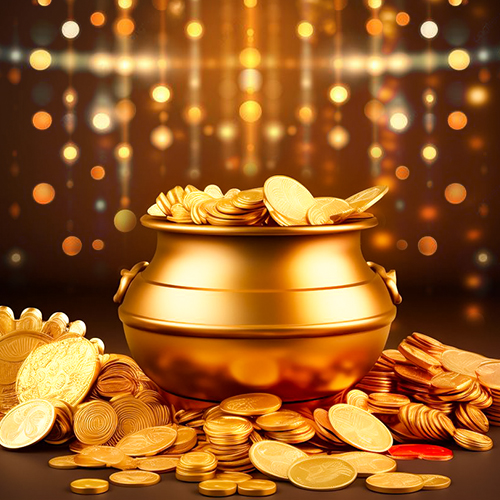
-in-Astrology.jpg)
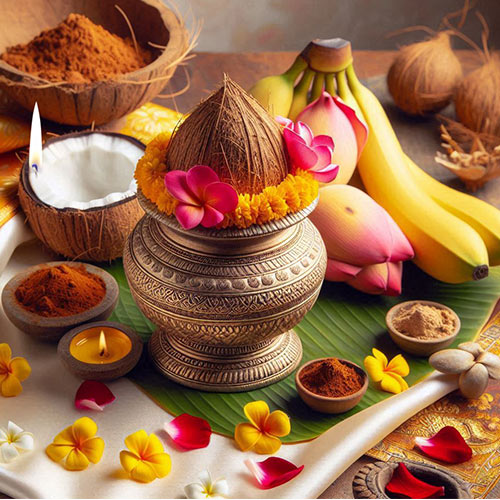
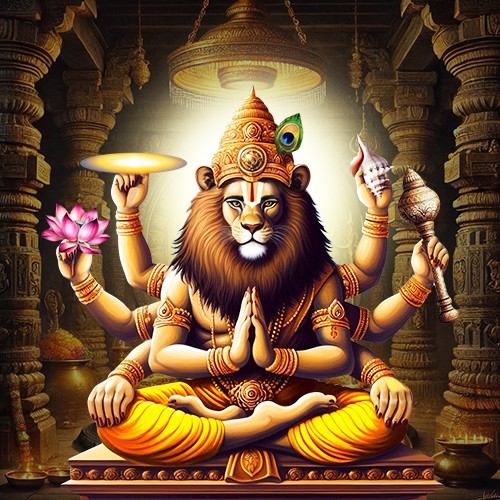
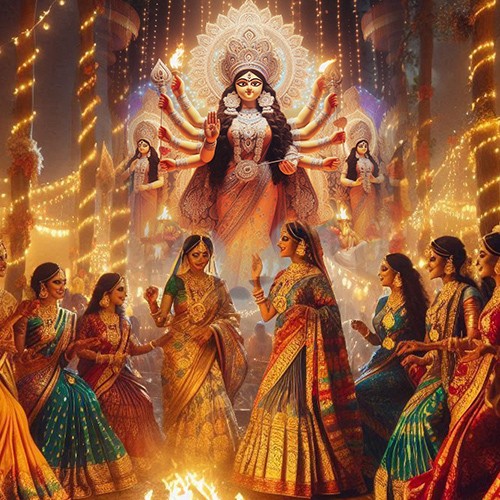
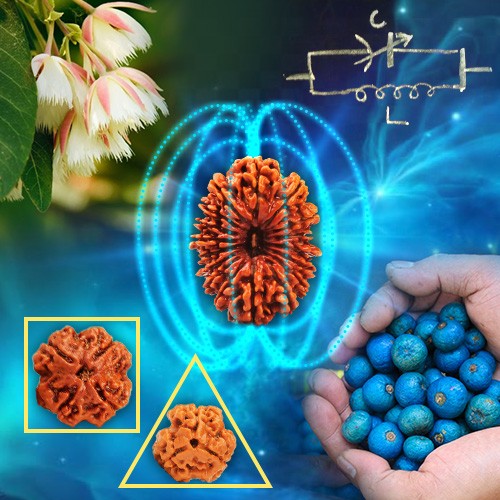

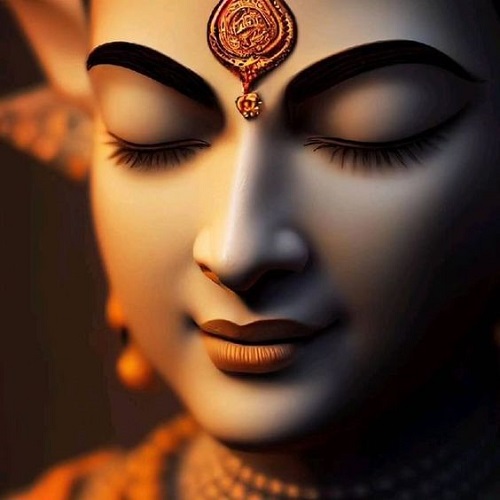
.jpg)
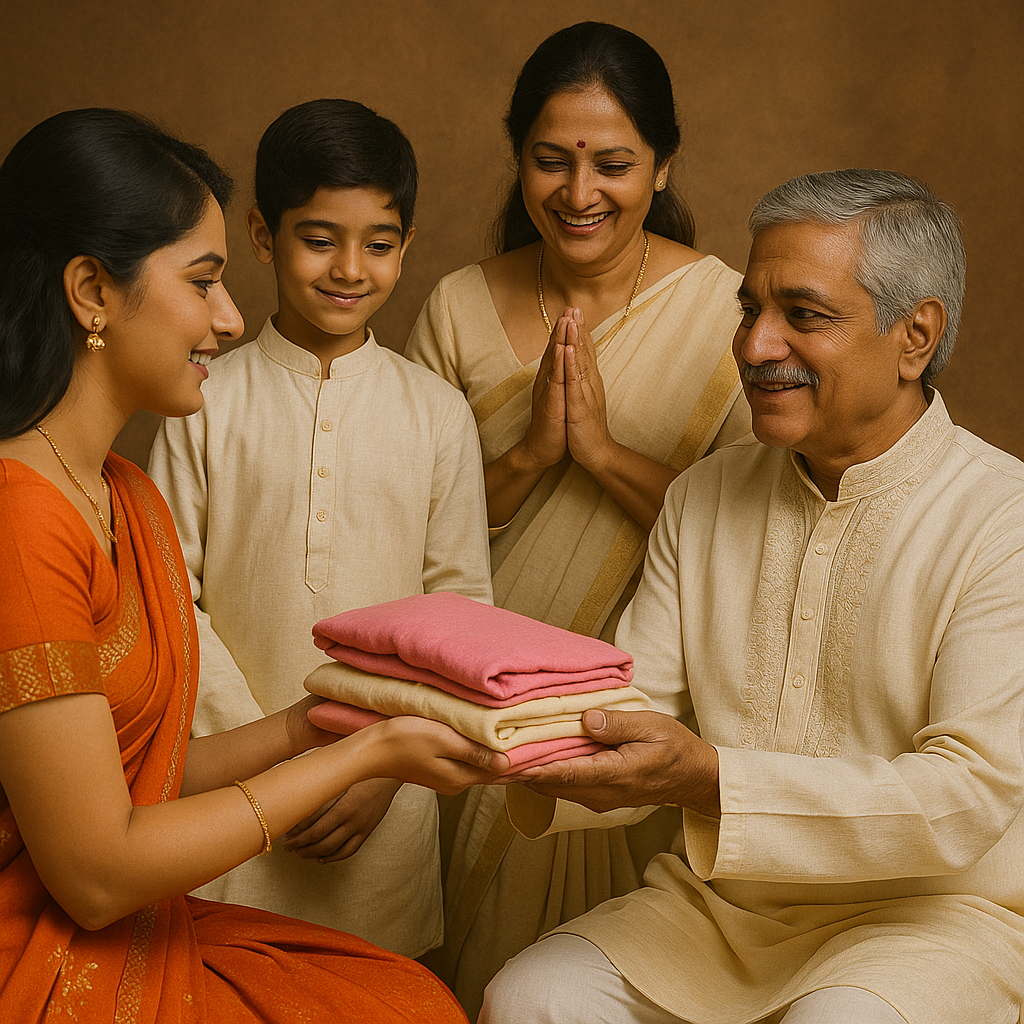
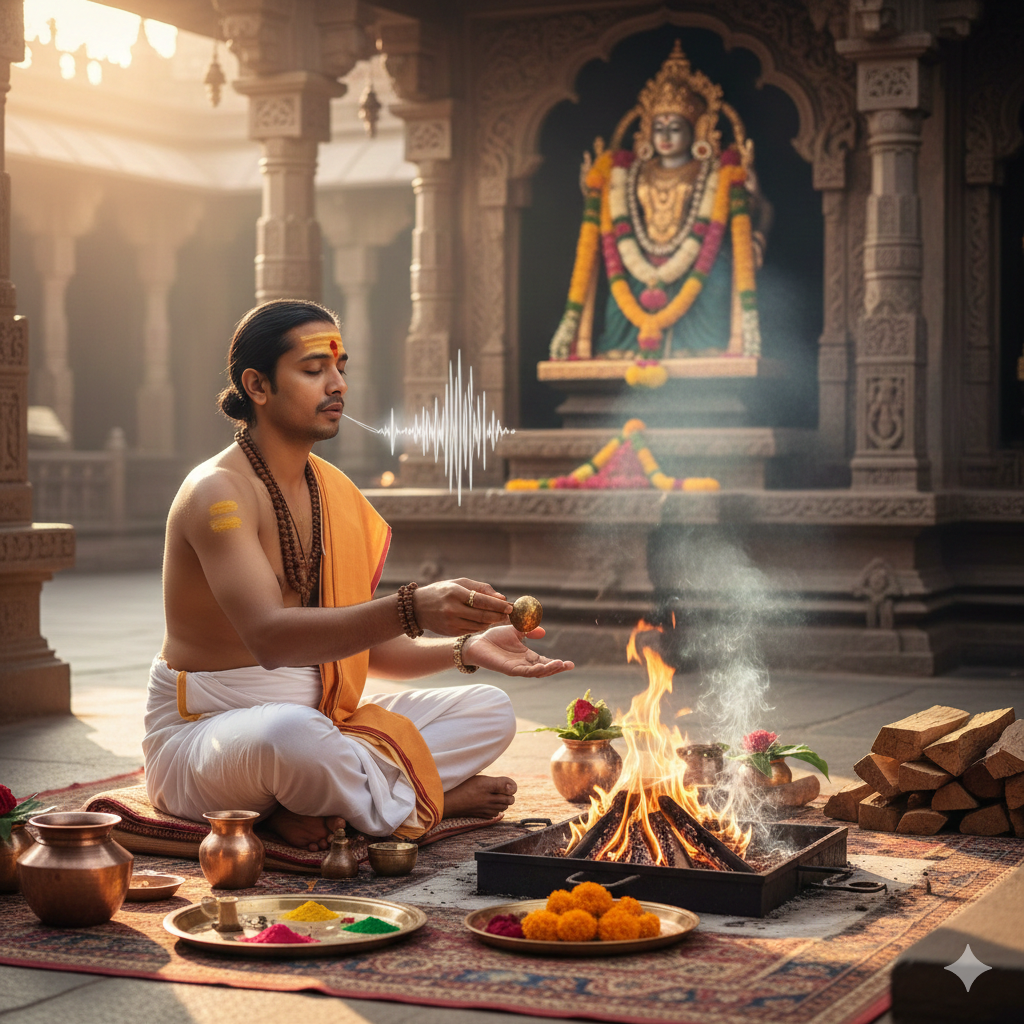
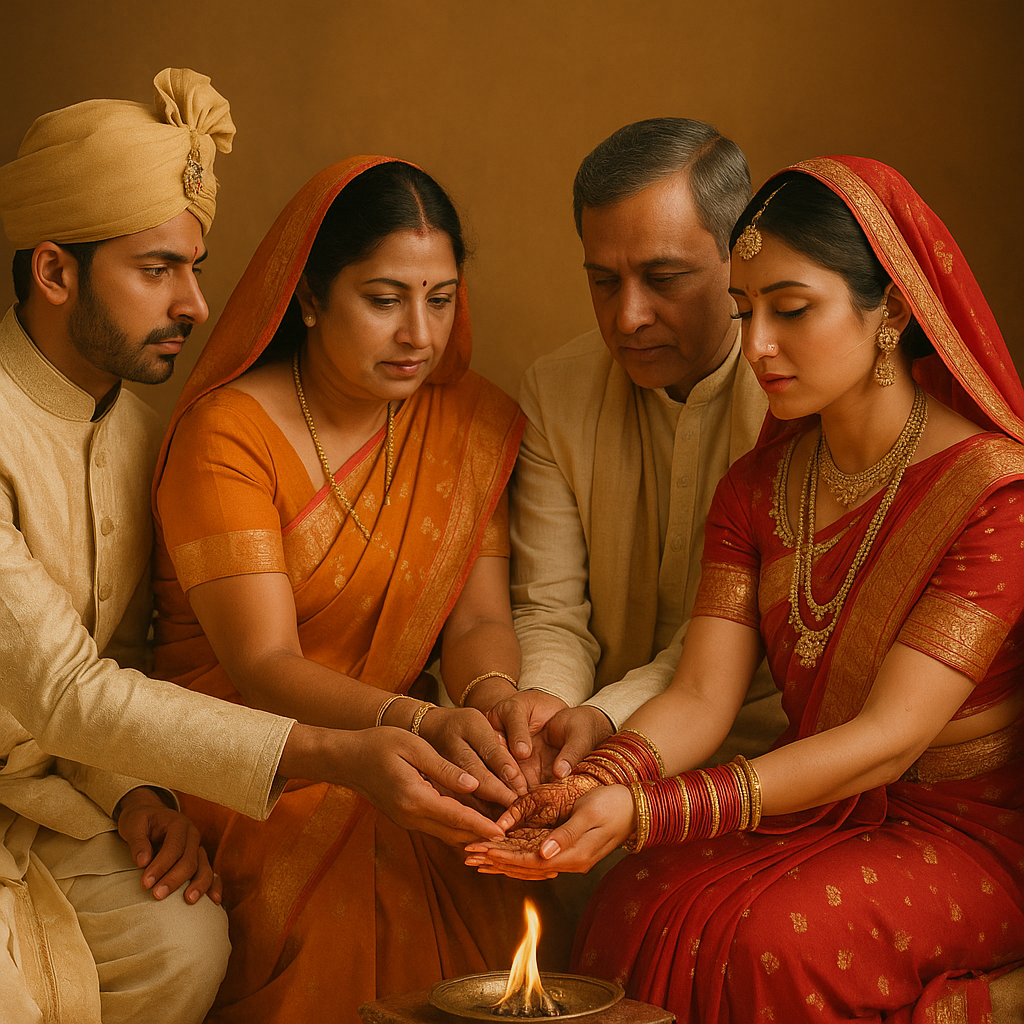
Rajan Aneja
|August 18, 2025
The above mentioned articles are very informative. Thanks sharing the knowledge
Shamsundar Deshpande
|June 20, 2025
How can we synchronise our concepts with Abrhamical concepts/thoughts?
Mayank
|January 22, 2025
When will Jupiter, Sun and the Moon enter Pushya? When did it last? Any dates?
DR. D. MOHAN
|November 2, 2024
Excellent information. I gained so much valuable inflormation and knowledge here. Thanks so muh.
sriansh
|November 1, 2024
I liked it so much
P.T.Sasi
|October 27, 2024
Very good information for spiritual life.
Vishnu
|August 28, 2024
$H@‽_L3³ẞ
Kedar Lele
|June 28, 2024
I like it !!
Divy
|June 19, 2024
Thanks for the information. Har Har Mahadev!
Shashank Halder
|March 22, 2024
It's very nice information.thank you so much. Har Har Mahadev.
Prachi Sarkar
|March 14, 2024
Thanks..! this is most important information for mee I have to tried more understanding know.
suraj moolakkaran veetil
|March 2, 2024
hi
suraj moolakkaran veetil
|March 2, 2024
HI
Srikantan
|February 4, 2024
Nice description and good graphics.best descriptions in te internet i searched for.🙏
Taruna Kanwar
|January 15, 2024
I just thought, from starting of Yuga- no world , no universe, no god's , nothing's in the universe, even than the universe is not and also in end no black . What will happen?
Nalini
|December 19, 2023
Towards the end of kali yuga , who live be saved and who will rule the world,
Stephen Eru Te Hopu
|December 11, 2023
Gouranga